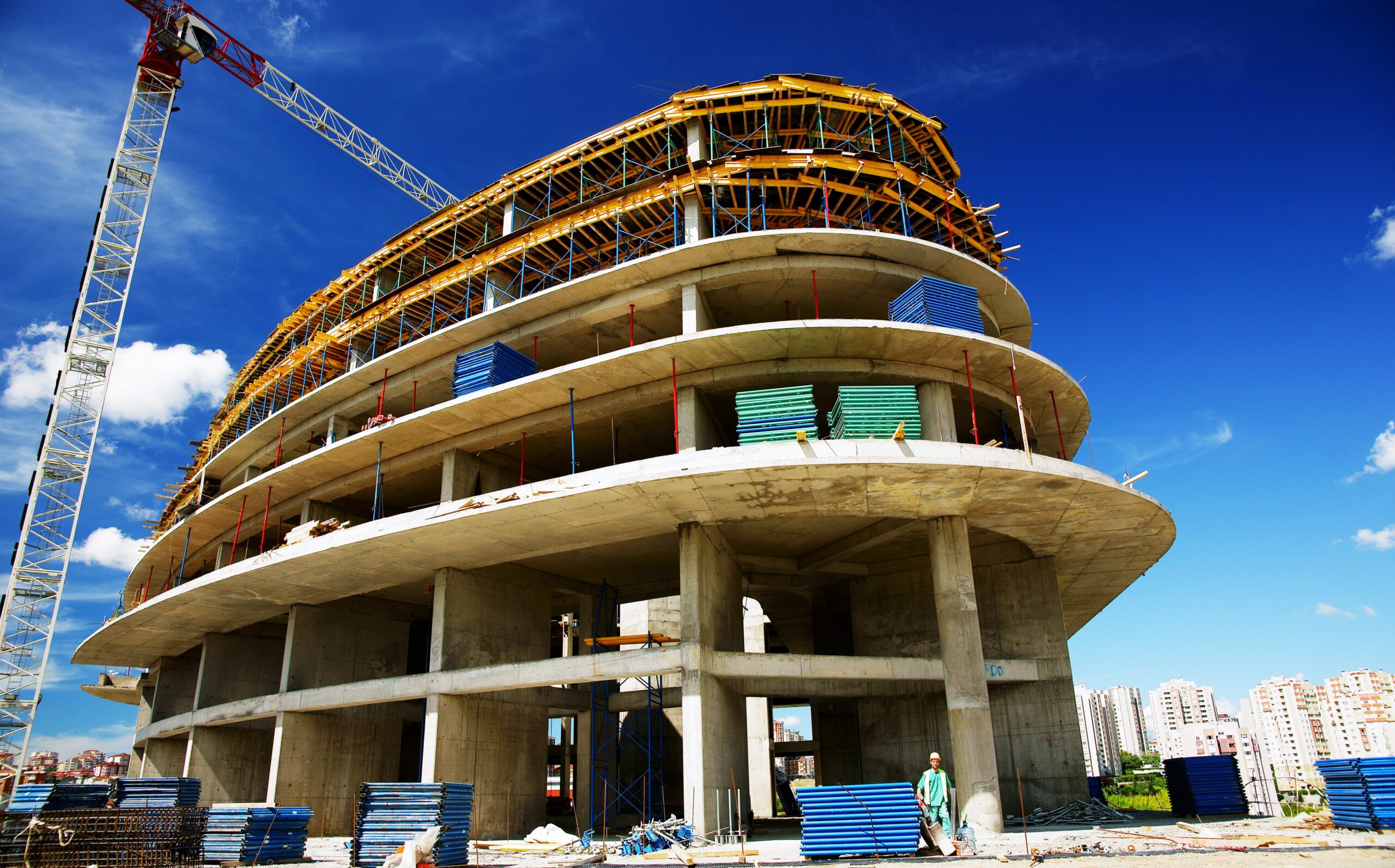Cement consumption in Catalonia maintains the recovery path of recent months and with an increase of 8.1% in January 2022. It is close to pre-pandemic levels. The 2.18 million tons consumed in the last twelve months are still below the 2.24 million in 2019.
The negative part of the situation in the sector is marked by the increase in costs that Catalan factories must bear, mainly due to 3 factors. On the one hand, the price of electricity, since Spain is the most expensive country in Europe for the industry. This extra cost limits the competitiveness of the Catalan cement sector, and is proven by the fact that in the last twelve months exports have accumulated a decrease of 10.4%.
On the other hand, the rise in the prices of CO2 emission rights continues, which in 5 years have grown by 1,300%, to exceed €80 per ton. Here, the problem is the clinker and cement producing countries outside the Greenhouse Gas Emissions (GHG) market that are not subject to this rate and, therefore, can be manufactured at a lower price.
Finally, the Catalan cement industry is facing the negative impact of the additional tax on GHG emissions that the Generalitat wants to implement. As explained by the president of the Ciment Català employers’ association, Salvador Fernández Capo, this fiscal figure “would mean double taxation, since it overlaps with the emissions market and the most likely result is the relocation of Catalan plants in other autonomous communities or in other countries”.

